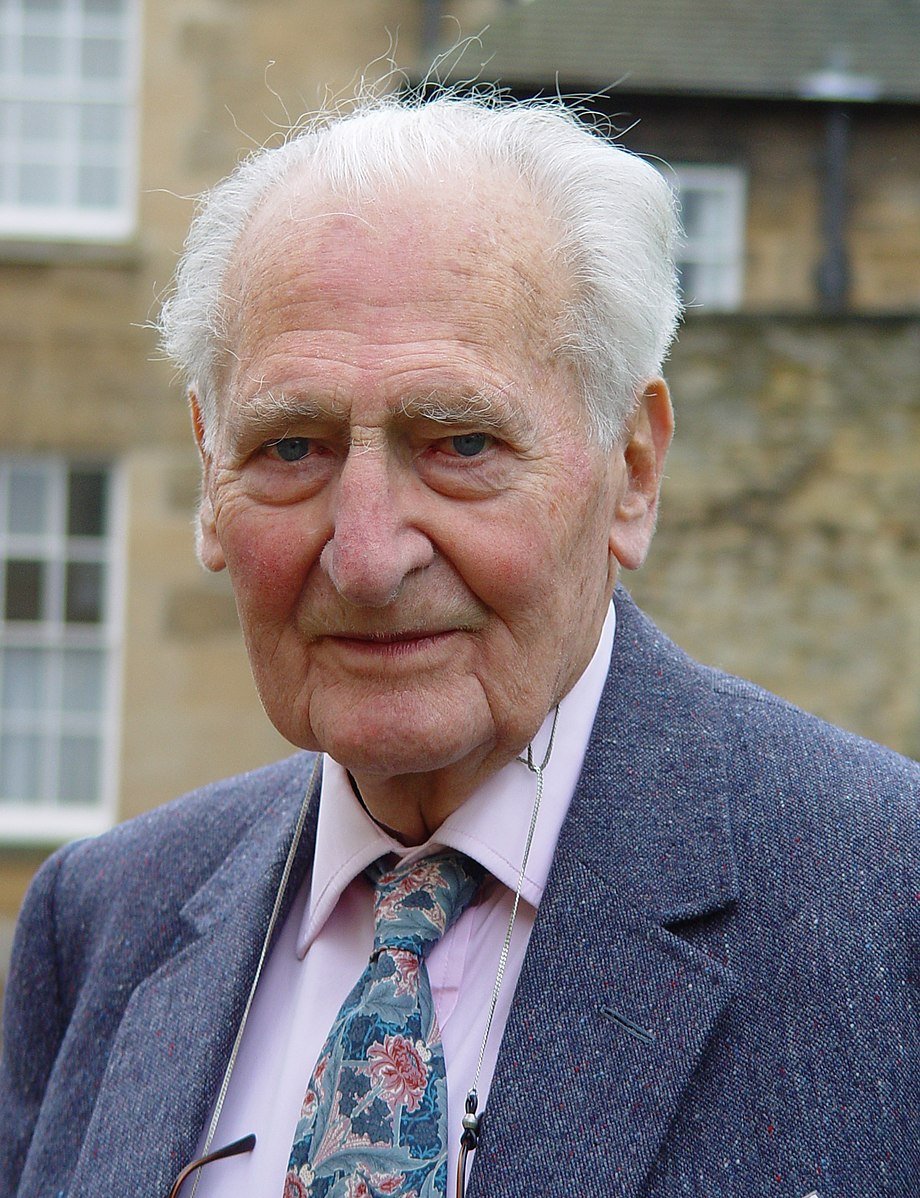Is Vaping Better Than Cigarette Smoking?
TBEC Review, CC BY 2.0 <https://creativecommons.org/licenses/by/2.0>, via Wikimedia Commons
Characterizations on the shows Mad Men and Sex and the City notwithstanding, it is widely accepted that tobacco smoking is harmful to your health. Even the TV/film industry uses herbal cigarettes instead of real ones when filming. As a bit of trivia, Carrie Bradshaw continued to smoke in Season 6 when it began in 2003 despite the “real-life” NYC ban on smoking that took effect that same year.
When the famous researchers, Sir Richard Doll and Sir Austin Bradford Hill began looking into to the relationship between smoking and lung cancer in the late 1940s, they initially thought that these cancers were likely related to environmental pollution (coal burning, road tarring and exhaust fumes from motor vehicles) rather than to cigarette smoking.
They initially identified an association between cigarette smoking and lung cancer in 1950 and published their case-control study findings in the British Medical Journal. To further test those conclusions, they set out to conduct a prospective (cohort) study of physicians’ smoking habits. The cohort study by Doll and Hill demonstrated support for a causal relationship (not merely an association) between cigarette smoking and lung cancer.
Carolina Richmond wrote that shortly after the cohort study results were published, the chairman of Imperial Tobacco and his statistician paid a visit to Doll and Hill, disputing their results. That same statistician later quit after Imperial Tobacco was persistent in their refusal to accept the study results. The statistician reportedly used his expense account for the last time by funding a dinner for Doll and his wife.
Richard Doll in 2002
CJ DUB, CC BY-SA 2.0 CA <https://creativecommons.org/licenses/by-sa/2.0/ca/deed.en>, via Wikimedia Commons
Interestingly, Doll himself smoked two ounces of pipe tobacco a week and five cigarettes a day when he was a medical student and during his time in the army. None of his teachers told him that smoking was harmful because it was not known to be a health risk at the time. He gave up tobacco when he discovered the association with lung cancer.
In 1966, the United States became the first country that required a health warning on cigarette packages.
So how much of a health concern does vaping pose?
E-cigarettes or electronic cigarettes are devices that create an aerosol by heating a liquid and the aerosol (or vapour, thus the name) is then inhaled. The liquid is usually composed of propylene glycol and glycerin, with or without nicotine and is usually stored in disposable or refillable structures called cartridges, reservoirs or pods.
Although delivery by alternatives to combustion has appeared in a number of formats since 1867 (“Dr. Scott’s Electric Cigarette”, 10 cents for a 10-pack!) and then again from the early 1960s [“the smokeless nontobacco cigarette” (1963) and the “Favor” cigarette (1986)], the first device in the recent iteration of e-cigarettes was developed in 2003. After being patented by the Chinese pharmacist Hon Lik, it was eventually marketed in China as Ruyan in 2004.
The e-cigarette became part of the U.S. market by the mid-2000s. In August 2013, Imperial Tobacco Group purchased the intellectual property behind the Ruyan e-cigarette for $75 million. The reader will note the same company’s representatives challenged the findings of Doll and Hill some 60 years earlier.
In Canada, the Tobacco and Vaping Products Act (TVPA) became law on May 23, 2018 and also applies to vaping products. It is not allowed for vaping products to be sold or given to anyone under 18 years of age. The sale of vaping products that appeal to youth is also not allowed. There is a maximum nicotine concentration of 20 mg/ml for vaping products manufactured or imported for sale in Canada.
In the past several years, there have been reports in the USA of severe lung injury associated with e-cigarettes use [EVALI (e‐cigarette or vaping‐associated lung injury)]. It was eventually found that these injuries were in particular related to the use if THC products adulterated with vitamin E acetate.
The regular use of e-cigarettes in Canada and the USA is the greatest among youth who also smoke and the lowest among those who have never smoked.
Potential disadvantageous health impacts of e-cigarettes include their risk of functioning as a “gateway” into smoking cigarettes which then in turn function as more efficient “delivery systems” of nicotine than e-cigarettes. The resemblance of e-cigarettes to cigarettes may re-introduce the habit of smoking cigarettes to a newer generation of vulnerable individuals.
On the other hand, vaping products and other alternative nicotine delivery devices are considered to play a role in reducing the health burden caused by cigarette smoking either by reducing uptake of cigarette smoking or by providing easier ways for transition away from cigarette smoking.
There remain questions on whether declines in youth smoking prevalence are supported or blocked by the use and availability of e-cigarettes.
As per systematic reviews conducted by the Centre for Evidence Based Medicine (CEBM), e-cigarettes with nicotine content have been observed to have been more beneficial than nicotine replacement therapy in maintaining abstinence from cigarette smoking over a 6-month period.
The major concerns about e-cigarettes relate to the nicotine exposure to the user. Nicotine exposure during adolescence can cause addiction and cause harm to the developing adolescent brain mediated by inducing molecular changes that alter the functioning of synapses in the pre-frontal cortex (PFC). During pregnancy, nicotine exposure can result in sudden infant death syndrome, in altered corpus callosum, deficits in auditory processing, and obesity. Consumption of the contents of refill cartridges or bottles containing nicotine can cause acute toxicity and possibly death.
In general, e-cigarettes are evaluated as being considerably less harmful than smoking, based on expert consensus opinions. It is not possible to make definitive statements with regards to their toxicity given the wide range of new devices/liquids that are available.
hhs.gov, Public domain, via Wikimedia Commons
Although long-term studies are still needed, there do not appear to be short-term unwanted effects of e-cigarettes (independent of those that are nicotine-related or contaminant-related) that are considered serious especially when considered in relation to tobacco smoking.
Nico Caycedo contributed to this post in the Sky Room Blog. Nico is a senior in high school with an interest in pursuing a future career in health sciences.





